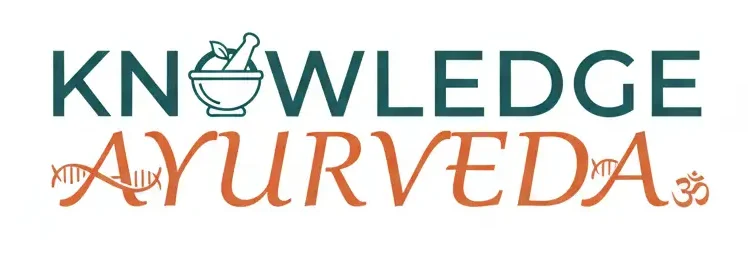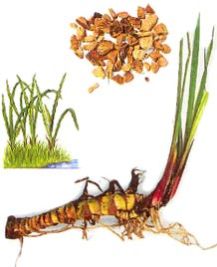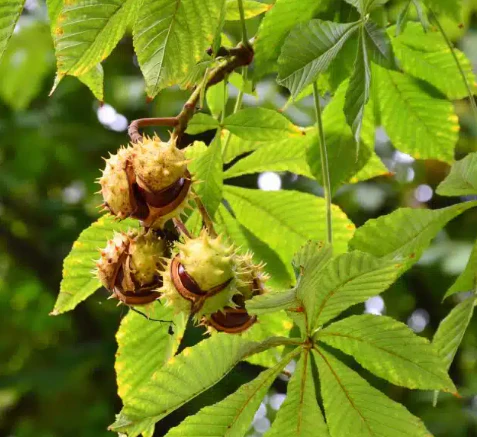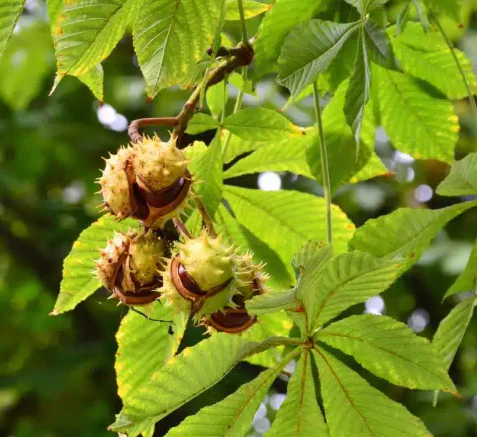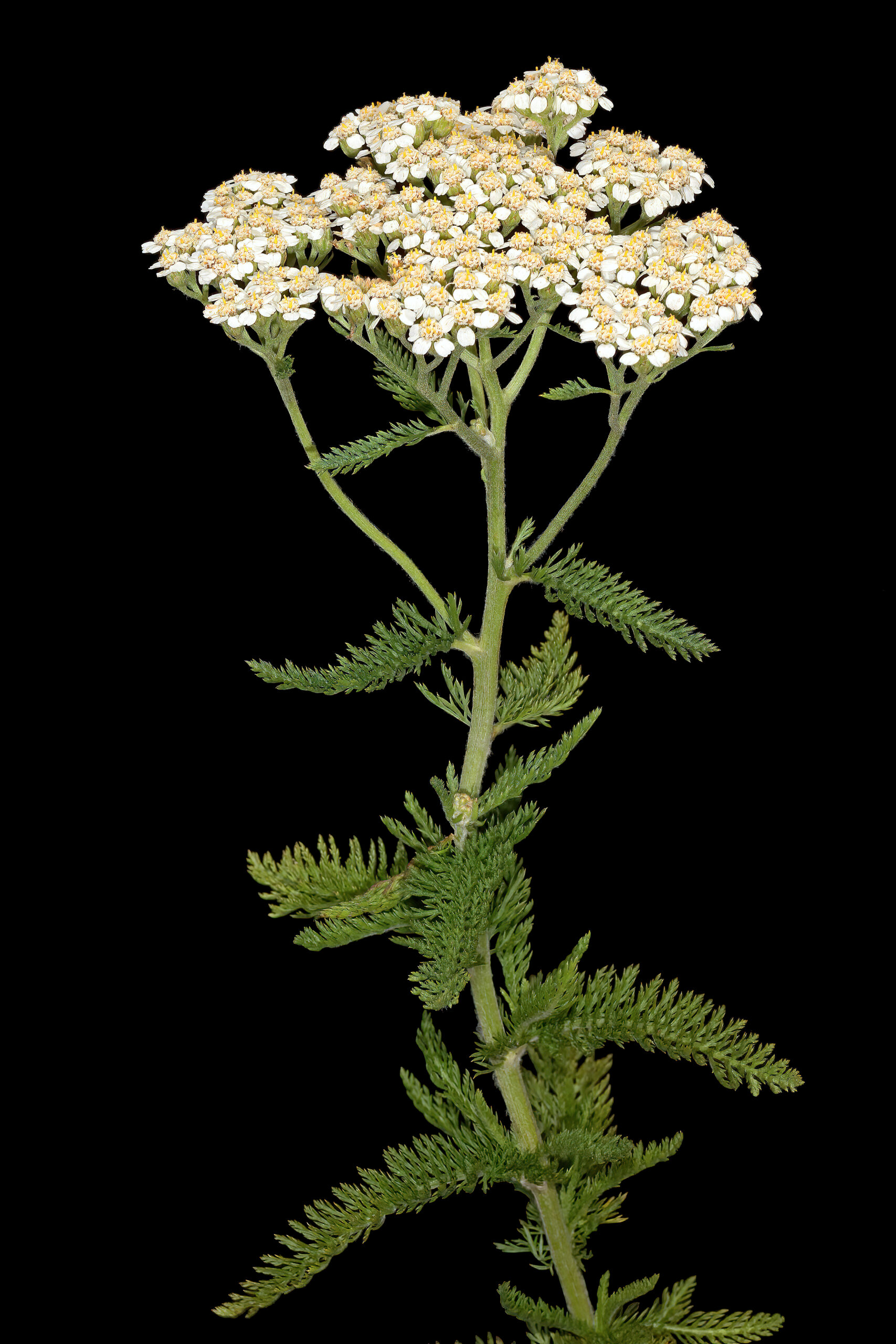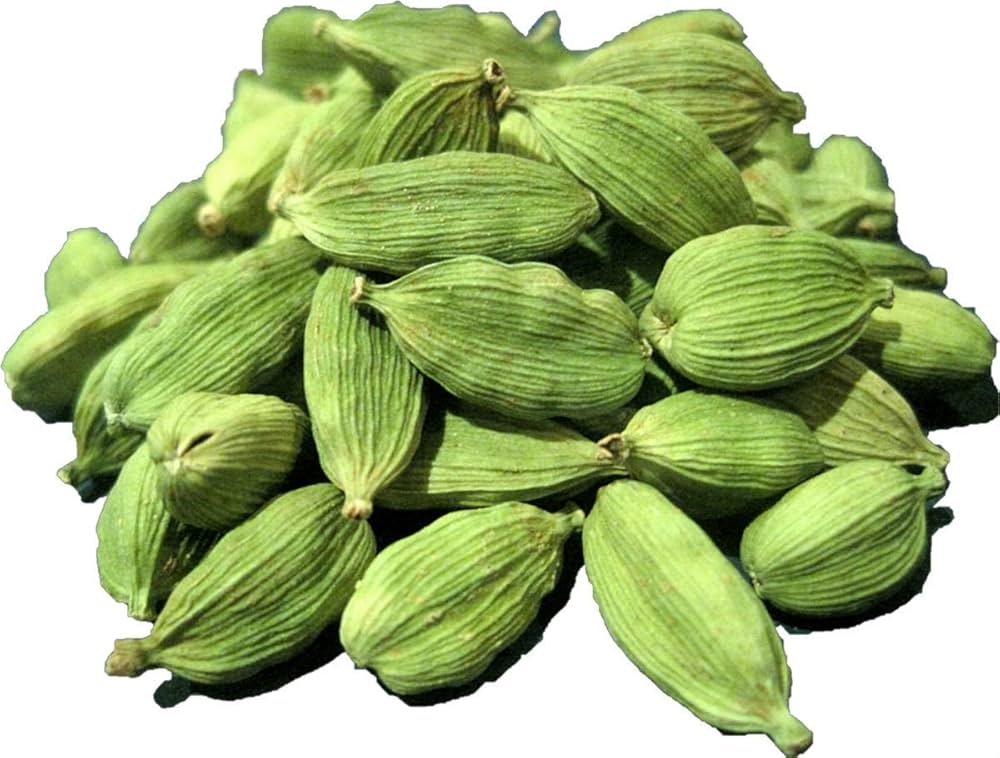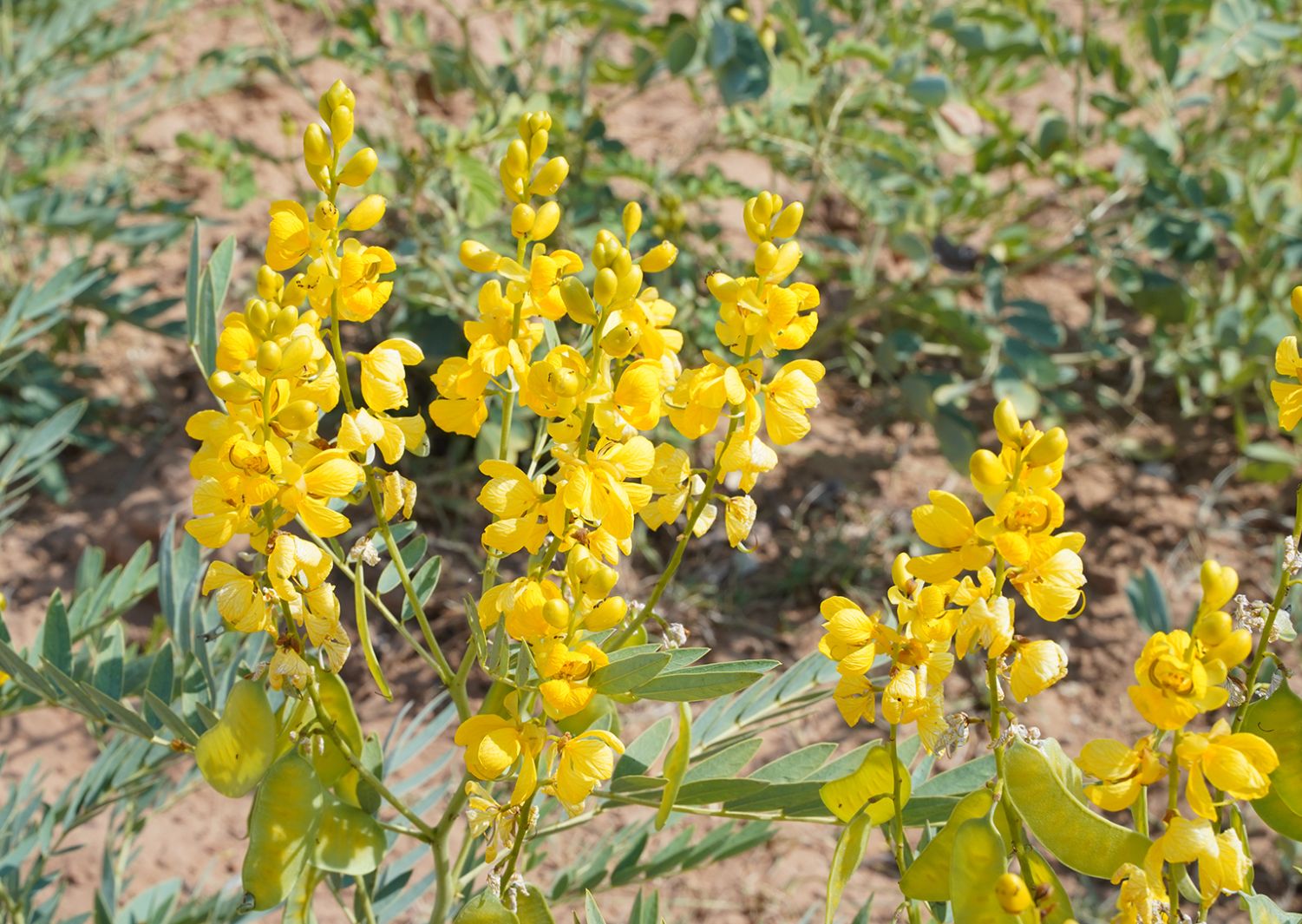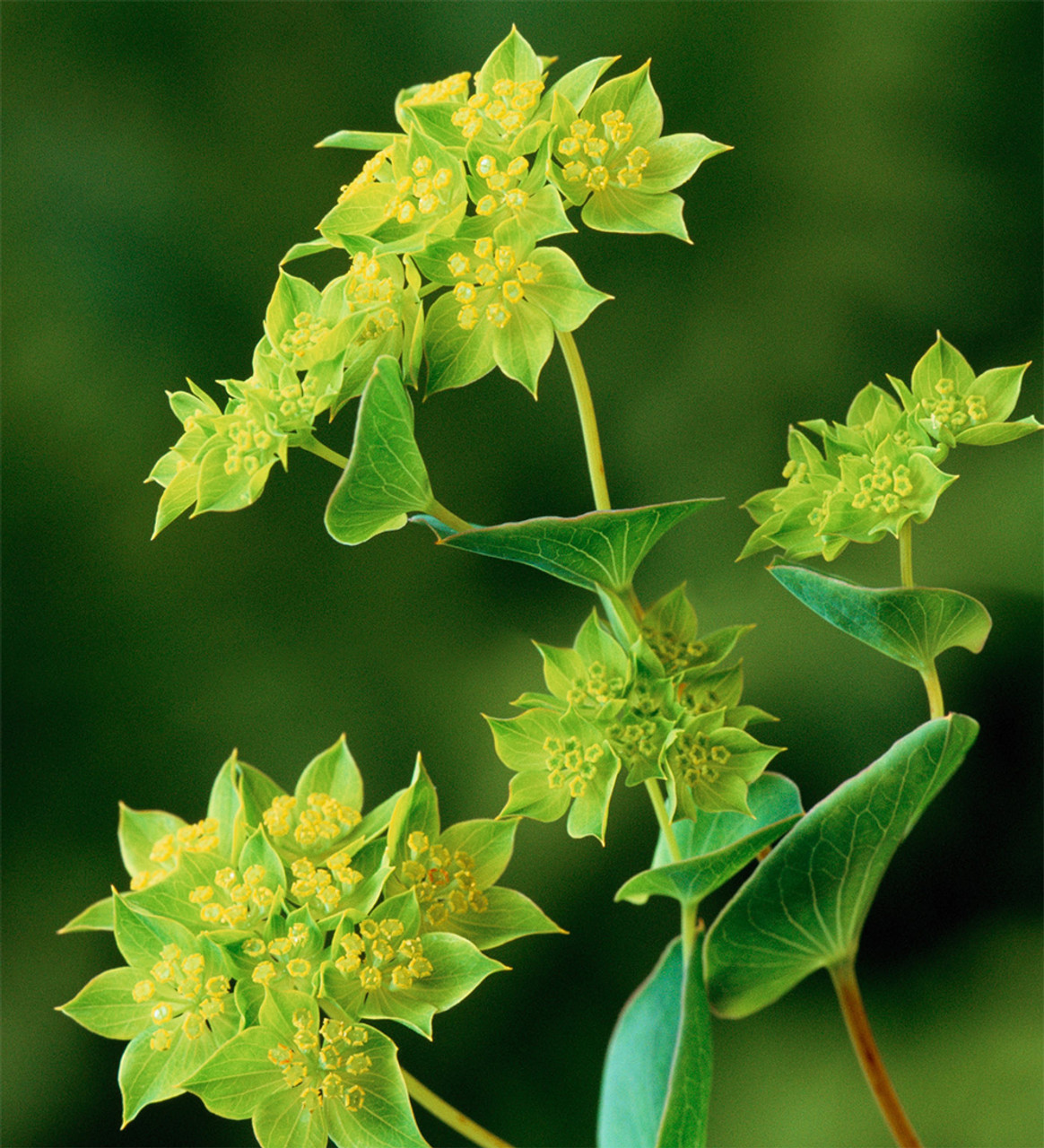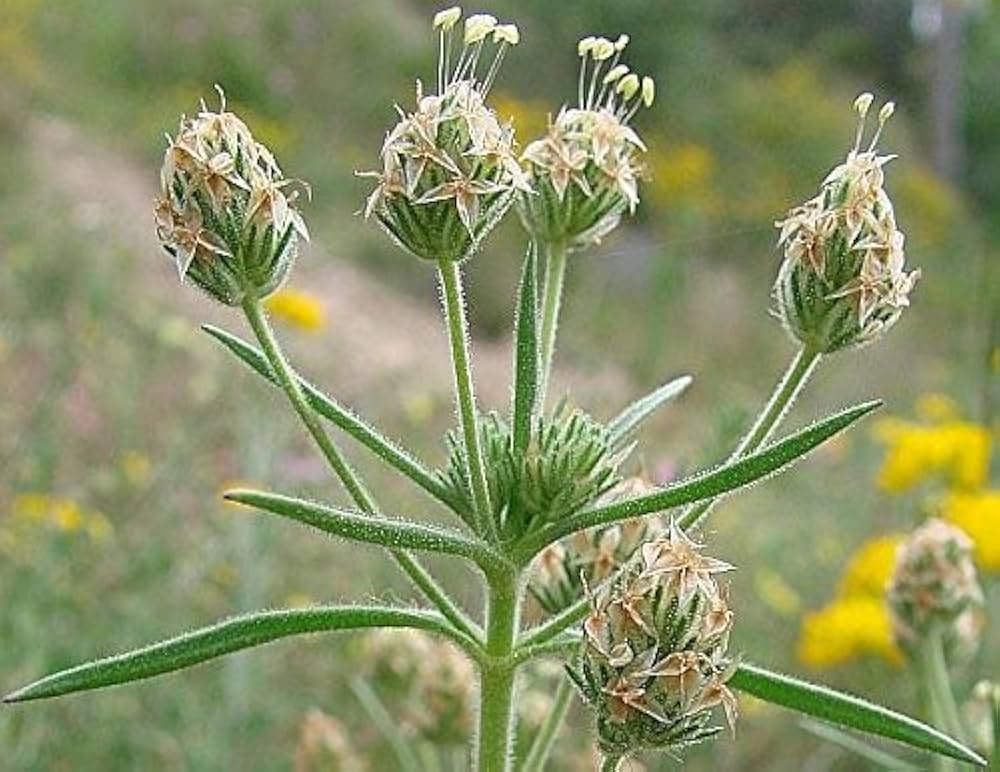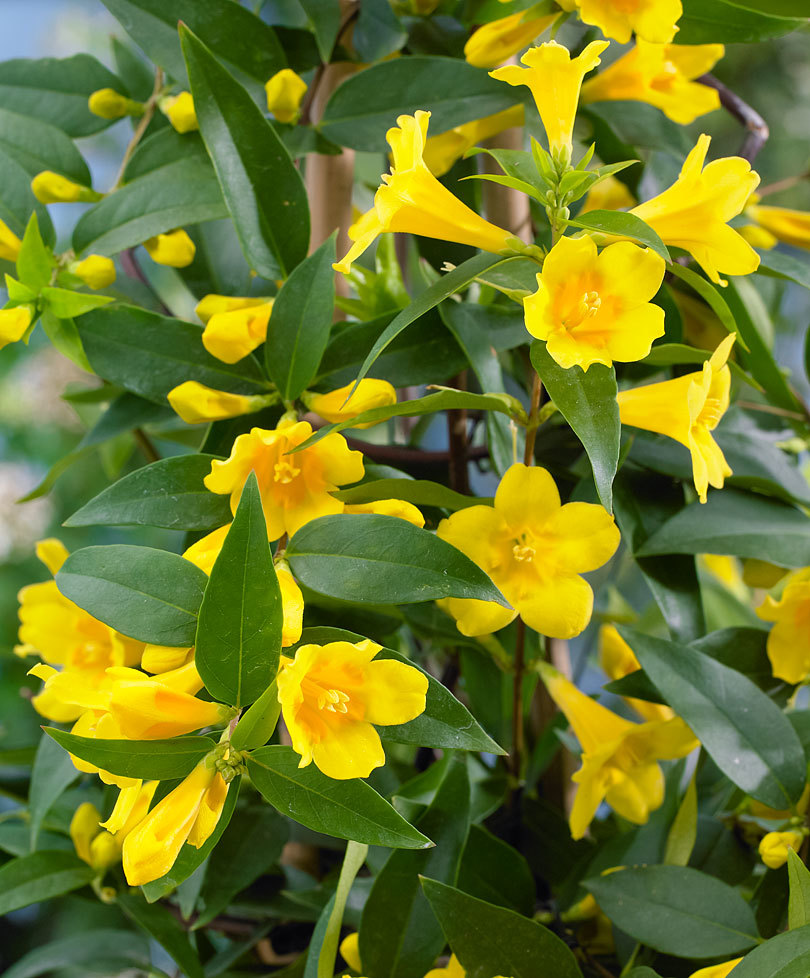
Yellow Jasmine, also known as Gelsemium, is a powerful and toxic plant traditionally used in very small doses for its sedative and pain-relieving effects on the nervous system. It’s important to note that this herb should only be used under professional supervision due to its high potency and potential toxicity.
✅ Key Traditional Uses & Effects of Yellow Jasmine:
🧠 Nervous System Sedative
- Strong calming and antispasmodic effects on the central nervous system.
- Used in traditional medicine to help with nervous tension, anxiety, and restlessness.
- Can induce deep relaxation and help reduce nerve-related pain.
😣 Pain & Neuralgia Relief
- Historically used to relieve migraines, neuralgia, and sciatica.
- Acts on the spinal cord and nerve centers, calming overactive nerve responses.
💤 Muscle Relaxant
- Reduces muscle spasms, especially in cases of menstrual cramps or convulsions.
- May be used to reduce tension headaches or stress-related physical symptoms.
⚠️ Important Safety Note:
❗ Yellow Jasmine is highly toxic if misused. All parts of the plant contain gelsemine alkaloids, which can cause paralysis, respiratory depression, and even death if taken improperly.
- Never self-administer this herb or use it as a home remedy.
- It should only be used under the guidance of a trained herbalist or healthcare provider, often in homeopathic doses.
- Not safe during pregnancy, breastfeeding, or in children.
🌼 In Summary:
Yellow Jasmine is a powerful nervine and antispasmodic herb traditionally used for deep nervous system support—but due to its toxic nature, it must be approached with extreme caution and professional guidance.
